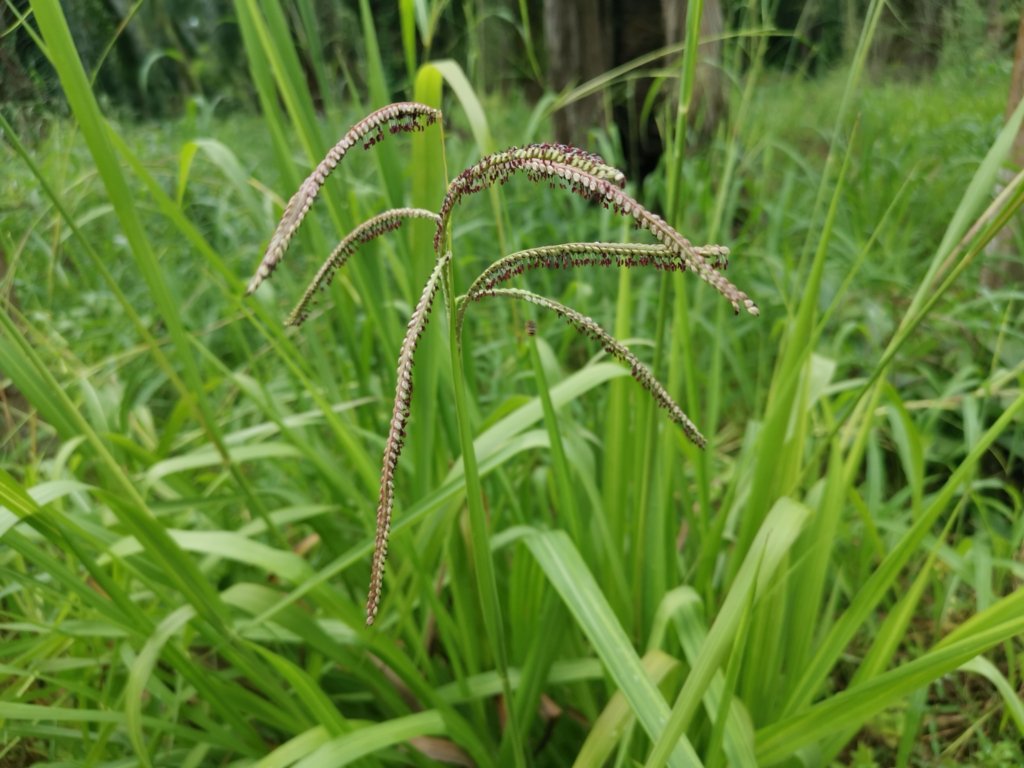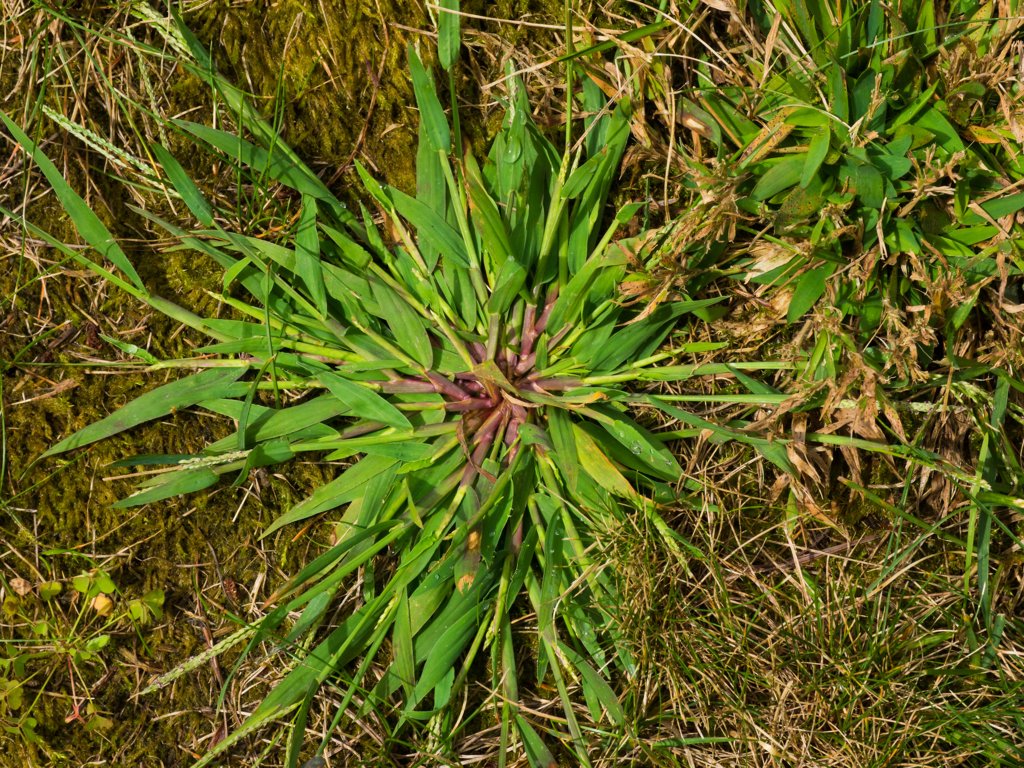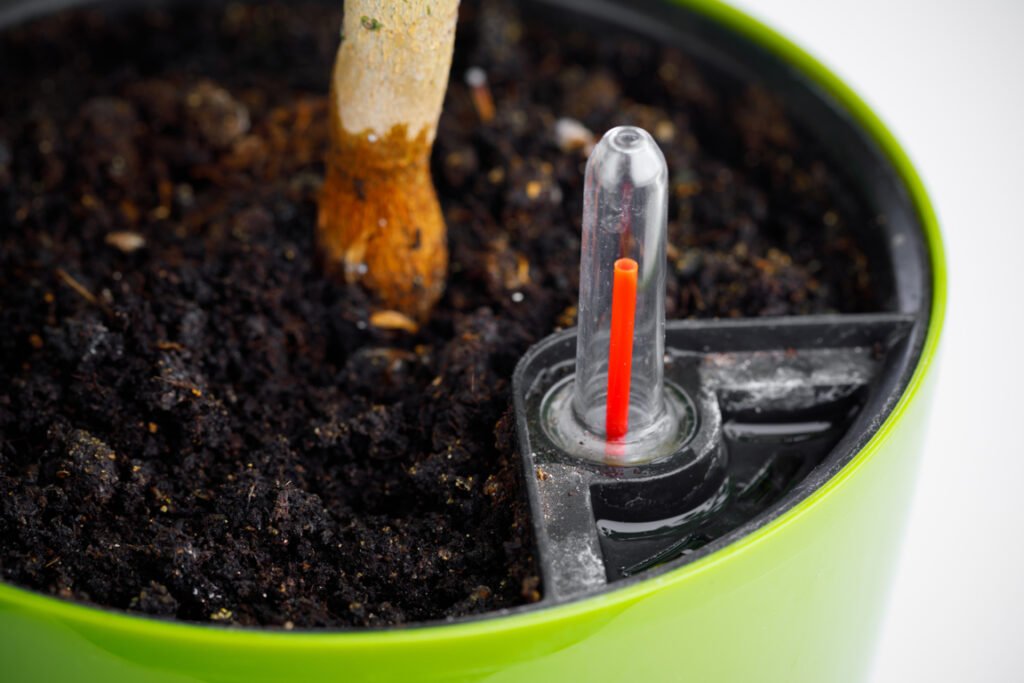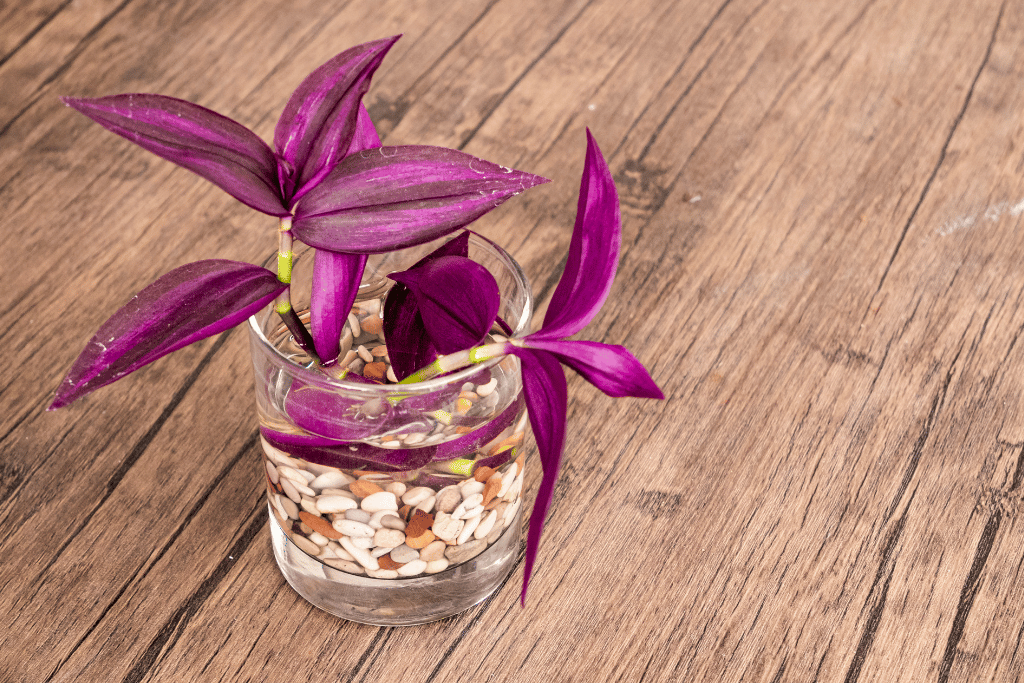
Are you seeing patches of green but can’t determine what it is? Could it be Dallisgrass or Crabgrass? Fear not; this guide will help you tell the difference between these two pesky grasses. With detailed observations and comparisons of their respective characteristics, you’ll be able to identify which type of grass has taken over your lawn!
Let’s move forward and learn more about Dallisgrass vs. Crabgrass, how to identify them and how to eliminate them.
Dallisgrass vs Crabgrass – A Quick Glance
Crabgrass is an annual weed that sprouts from seeds. You can prevent it with a pre-emergent herbicides spray.
As for dallisgrass, it is deep-rooted. Once it grows, it’s difficult to stop its spread. You may have to deal with it individually, plucking one plant after another. Identifying the weed type will help you treat it effectively.
Did you notice the difference in treatments? This is just one distinction. There are plenty more.
However, the most visible difference would be the structure of seed heads. Crabgrass produces small seed heads that grow from the top of the stalk. In contrast, Dallisgrass’s seed heads are relatively large, with small black spots. These usually grow laterally from the stems.
Interested to learn more about these two weeds? This article sheds light on dallisgrass vs. crabgrass and ways to identify them. So, let’s get started!
What is Dallisgrass?

Dallisgrass is a deep-rooted bunchgrass weed that grows in turfgrass, lawns, wet roadsides, pastures, and other landscaped areas. It thrives in moist soil at warm temperatures. Unlike other bunchgrasses, it has circular clumps and deep-rooted rhizomes that give it a distinctive look. This weed is highly invasive and can spread quickly, blocking the sunlight, water, and nutrients necessary for native plants to grow
You can identify dallisgrass by its coarse textured foliage that grows tall and upright. Its leaf sheaths are flat and grow into long, dark green leaves. Moreover, the leaves and leaf sheaths are often hairless except for a few long, silky hairs in their collar region. At the end of its stalk, flowers bloom to form seedheads.
What is Crabgrass?

Crabgrass is an annual weed that grows in clumps and dies within a year. These clumps usually take a star-shaped pattern. Its aggressive growth and invasive nature make it a nuisance in lawns.
Crabgrass is identifiable by its light green clusters that are coarse to the touch. Just like a crab, its stems have a wild and sprawling disposition, hence why it’s called ‘Crabgrass.’
Being an annual plant, it dies during the cold seasons and leaves your lawn lifeless and muddy. Things get worse when it disperses thousands of seeds within its short, one-season lifecycle, which repeats the following summer again.
Dallisgrass vs. Crabgrass: How to tell the Difference?
It’s easy to identify the difference between dallisgrass and crabgrass when you place them next to one another. Both the weeds are versatile and come with their own set of troubles. But, controlling dallisgrass is relatively tricky due to its short rhizomes.
Here is a table to identify the difference between dallisgrass and crabgrass at a glance.
| Features | Dallisgrass | Crabgrass |
| Lifespan | Perennial weeds (Several years) | Annual weeds (1 year) |
| Height | Taller than crabgrass, 1-5 feet | Up to 2 feet |
| Color | Dark green | Light green |
| Clump Formation | Circular clumps | Star-like clumps |
| Seed head | Large seed heads grow from the top of the stem | Small seed heads grow from the sides of the stem |
| Control methods | Using pre-emergent/ post-emergent herbicide or individually digging them out. | Using pre-emergent herbicide. |
Lifecycle
Dallisgrass is a perennial weed that thrives all year. Alternatively, crabgrass is an annual weed that has only one growing season per year.
Dallisgrass keeps growing back. It propagates vigorously through its short underground rhizomes. These underground shoots make it hard to identify and kill them completely. The plant grows in the summer, becomes dormant in the winter, and extends back from the same root system the following summer.
Crabgrass lives for one season only—the summer season. The plant germinates, grows, blooms, and disperses its seeds within this period. External forces like pests, humans, birds, and animals help in dispersion. It is an annual plant where the mature plant disperses its seeds before senescence. These seeds establish themselves into new plants the following summer.
Appearance
Dallisgrass and crabgrass have similar appearances. However, there are some clear distinctions when you place them next to one another. Here are a few of those visual differences.
Clumping
Both the weeds display clumping. Dallisgrass forms a circular clump, while crabgrass has a star-like shape.
Height
Dallisgrass is the taller variety among the two weeds. It is slender and grows upright. It reaches around 1–5 feet in height. Crabgrass, on the other hand, only grows up to 2 feet. It has broader leaves and displays a horizontal ground spread.
Color
You might identify dallisgrass as having dark green leaves with green or red stalks, while crabgrass has lighter green foliage.
Seed heads
Seed head arrangement is very distinct between dallisgrass and crabgrass, especially in terms of appearances and growth patterns.

The seedheads of dallisgrass are big and prominent, but the black spots on the seeds make it easy to identify them. They grow from the lateral sides of the stem. The seed head develops at the terminal end of the stalk, which is usually 5 feet tall. Every seed head has 3-5 finger-like spikes from the center. Each spikelet is 2-4 inches long and bears seeds covered with silky hairs.

The seedheads of crabgrass are relatively delicate and smaller in size. They grow out from the top of the stem. The seed head has 4–6 spikes branching out from the top. Each spikelet measures 1½ -7 inches and bears fine, elliptical seeds.
How do they spread?
It will be easier to control a plant if you understand how it establishes itself.
Dallisgrass spreads through short rhizomes, whereas crabgrass grows from seeds.
The underground shoot, or rhizome, distinguishes dallisgrass. This is where it propagates. These rhizomes develop new shoots during the early summer to thrive in the warm seasons. Even though they are susceptible to frost damage, the main rhizome is undisturbed. Thus the rhizome keeps expanding its spread underground and stays perennial.
Dallisgrass uses seeds to spread its growth. The seeds are so tiny that they escape the lawn mower blades and get scattered while mowing.
On the other hand, the dormant seeds of crabgrass begin to sprout in the early summer. Mature plants develop and get the seeds dispersed before they wither away.
These crabgrass seeds stay dormant. They withstand extreme conditions and germinate when favorable conditions arrive. The cycle repeats, and the plant spreads and establishes itself every other summer.
Ways to Control
Different weeds display very different growth establishments, so treating them will require different techniques. Once you have identified which variety of weed grows in your lawn, it’s time for action!
Let’s discuss the ways to control each weed type in detail.
How to get rid of dallisgrass
Once dallisgrass enters your garden, removing it is a nightmare. So preventing it might be your first choice.
Regular garden maintenance can prevent grassweed from wreaking havoc. As for dallisgrass, it’s challenging to remove it once it establishes itself. It is stubborn and keeps propagating aggressively. So, preventive measures like regular mowing, watering, and fertilization are vital to protect your lawn’s health.
Dallisgrass control involves two techniques. One technique acts over the seeds, while the other prevents rhizome propagation.
While targeting the dormant seeds, it’s best to use a pre-emergent method. In this method, you spray pre-emergent herbicides over your lawn. The soil absorbs the herbicide and acts on the weed seeds. These kill the seed pods even before the weeds germinate. Any herbicide that’s effective over crabgrass will also be effective over dallisgrass.
But unfortunately, if you have any dallisgrass already, you might have to treat them separately. You can dig them one by one out of your yard. It can be tiring, but this method removes all traces of dallisgrass and its deep-rooted rhizomes from your property.
If not, you can also opt for post-emergent herbicides. These sprays can kill the existing dallisgrass but don’t prevent future growth. To have them gone forever, you might have to spray them three to four times every two weeks for a couple of months.
How to get rid of crabgrass
Crabgrass establishes itself through seeds. Your best choice would be to prevent it before germination. The pre-emergent sprays will be perfect at this stage.
Cover your lawn bed with pre-emergent herbicide sprays. These protect the lawn and prevent crabgrass from growing. Those dormant seeds fail to germinate. If the herbicides fail, the seeds may germinate and expand aggressively. Post-emergent sprays will help you at this stage. They kill the existing plant and make your lawn happy again.
But remember that regular mowing and lawn maintenance are also necessary to prevent weed growth. A well-aerated and fertilized lawn keeps your plants healthy and weed-free.
As for herbicides, you can either opt for selective or non-selective variants. Selective herbicides are effective only against specific species. But non-selective herbicides kill all the grasses and weeds (even the beneficial grasses will be gone). If all other methods of prevention and removal fail, this might be your only option.
But why would somebody opt for a non-selective variant of an herbicide? Sometimes, grassweeds exploit the lawns almost entirely. They become so dominant that it may seem sensible to destroy the entire property and start over!
Tips to Maintain a Healthy Lawn
You can control weed growth with regular lawn maintenance. It also allows you to enjoy lush, green lawns all year. Here are some suggestions for keeping them healthy all year.
Regular mowing
Mow them regularly, depending on the grass variety, especially in their peak growing seasons. Varieties like St. Augustine, Zoysia, Bermuda, etc., grow well in summer. Fall or cold season varieties include Fescue grass, ryegrass, Kentucky bluegrass, etc.
Adjust the blades while you mow them. Keep the blade height at a medium level. Avoid cutting more than one-third of the grass’s height.
Aerate the lawn
It is essential to aerate your grassduring its peak growing season to encourage the circulation of oxygen, water, and nutrients to the root system and promote healthy growth. Lack of air circulation can also lead to other plant problems like fungal infestations and rotting.
Fertilization
Maintain a fertilizing schedule. If you can, feed the lawn twice a year, especially after its last frost and in the spring when the leaves begin to turn green. This maintains the overall health of the lawn and promotes new growth.
Watering
Hydrate the lawns properly. Aim for six inches depth of watering. However, recheck it with your plant’s requirements to avoid overwatering. Excess water can make your lawn soil soggy and reduces plant growth.
What Grows on Your Lawn? Is it Dallisgrass or Crabgrass?
To sum it up, we understand that dallisgrass and crabgrass are different weeds. Even though they seem similar, they have their own share of differences. Be it their lifecycle, appearance, seed head, or establishment, everything is different. I have laid it all out.
So, your job begins here.
- Examine your grass weeds.
- Spot their differences.
- Identify the weed type.
- Treat or prevent them accordingly.
Now, you tell me– Which grass weed grows on your lawn? Amidst dallisgrass vs. crabgrass, how do you tell the differences? Can you identify one weed from another?
Frequently Asked Questions (FAQ)
Will crabgrass killer kill dallisgrass?
Herbicides that kill crabgrass are also potent enough to kill dallisgrass. Pour the liquid pre-emergent into a sprayer and spray it over your lawn. After that, hydrate the property with ½” water to make them effective.
What is the best way to kill dallisgrass?
Spot treatment using Glyphosate (Roundup). This non-selective herbicide can kill dallisgrass along with the other beneficial grasses. Even though it can completely clear your lawn, this method gives you the best results. It’s easy, efficient, and effective.
Can dallisgrass and crabgrass grow on the same lawn?
Dallisgrass and crabgrass thrive in different soil types. The two weeds can grow in the same soil but both might not survive equally. Dallisgrass needs clay, sandy, and nitrogen-rich soil to thrive. In contrast, crabgrass flourishes in clay and loamy soil.
How do you kill dallisgrass without killing grass?
Yes, you can kill dallisgrass grass without killing the existing grass. Use selective herbicides to help you out. Apply selective pre-emergent herbicides to kill dormant seeds and prevent future sprouting. As in the case of already-grown dallisgrass, use a selective post-emergent herbicide like Celsius WG to kill the grass weed.



